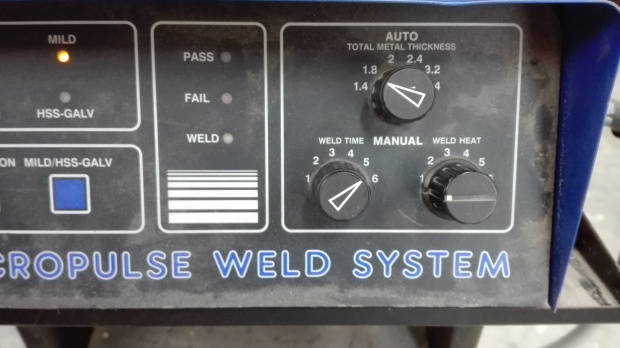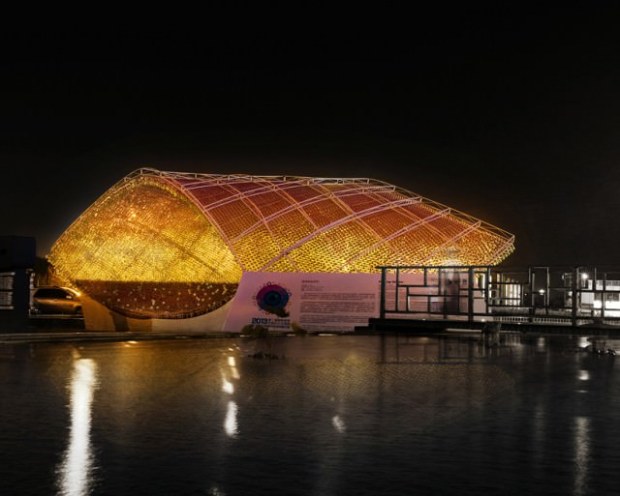An artist influencing me on this project is American sculptor Soo Sunny Park.
Born in Seoul, Korea, Soo Sunny Park moved to the U.S. at the age of eleven.
Park received her B.F.A. in painting and sculpture from Columbus College of Art and Design in Columbus, Ohio and a M.F.A. in sculpture from Cranbrook Academy of Art in Bloomfield Hills, Michigan.
After a residency at Skowhegan School of Painting and Sculpture, ME (2000), she worked in St. Louis, Missouri as an installation artist and as a Lecturer at the Washington University, School of Art. In 2001, Park was selected as the River Front Times “Best of 2001, Sculptor of St. Louis”.
She is a recipient of a Joan Mitchell M.F.A. Grant, The 19th Annual Michigan Fine Arts Competition Grand Prize, The Helen Foster Barnett Prize from The National Academy Museum, New York, NY (2008), and The Rockefeller Foundation Bellagio Center Fellowship (2010).
Soo Sunny Park lives and works in Hanover, New Hampshire where she is Associate Professor of Studio Art at Dartmouth College.
I found her installation ‘Unwoven Light’ (image below) inspiring and very visually dramatic.
 ‘Unwoven Light’ Soo Sunny Park, Rice Gallery 2013
‘Unwoven Light’ Soo Sunny Park, Rice Gallery 2013
brazed chain link fence, plexiglass, natural and artificial light
room: 15’6” h x 44’ w x 40’d
My first reaction to this piece was just “wow”. Its otherworldly and visually and aesthetically very impressive. This work brings the otherworldly to a physical reality.
The scale of the work transforms the space it occupies, immersing the viewer with its presence, evoking feelings of serenity and calmness, reminiscent of a river, with the light reflecting and refracting off the surface. The repetition of diamond shapes forms a pattern, creating movement and rhythm, I think this adds to the unity and balance of the overall piece. The structure is created using thirty-seven individual units, the composition of which become a subjective reality, dependent on the space around it. It is an organic abstract form.
The installation’s separate units are made of chain-link fence, within the fence Park has carefully tied in pieces of iridescent Plexiglas which are covered with a dichroic film, these units are then hung from the ceiling and walls of the gallery space. Natural and artificial light sources are captured and revealed, converting the architecture into something sublime.
These elements emphasize the feeling of the space being transformed into another realm or reality.
The artists intended purpose was to capture and “unweave” light, revealing it in reflections and refractions, the light becomes an integral part of the installation. Instead of separating us and the space we occupy, as a fence usually would, it serves to separate and expose the light around us. Park states, “My work often deals with this idea of subliminal space or interstitial space.”
This statement links in with the idea that “Unwoven Light” transforms the surrounding area, transporting the viewer to another, subliminal, space.
Of this work in particular, Park says:
. . . This piece explores lights potential as a structural element in sculpture. The woven form of a chain link fence, fitted with plexi-glass diamonds, unweaves the light. Now we can see it – the light – in purple shadows and yellow-green reflections that both mirror the shape of the fence and restructure the space they inhabit.
Fences and panes of glass are porous boundaries. The divide yours from mine, inside from outside, but both let the light pass through.
Here these boundaries don’t divide us, or the space we occupy; fences and glass divide the light.
We pass among them as the force the light to show itself: to inhabit and structure our space. . .
I think the work successfully communicates the feelings of serenity and transports the viewer to another space, immersing you in this concept of the ‘sublime’, through Park’s use of light. Though one could also see this as a type of escapism.
The work has value in terms of its effect on the viewer’s state of mind, it has aesthetic value and as a commissioned work it has sign value.
My engagement with the work could be enhanced by physically experiencing the installation for myself.
Another of Park’s works I found intriguing is ‘Pseudanthium Synthesis’, which was created in collaboration with Lauren Ruth. This performance installation was set in the PLAYCUBE Mobile Exhibition Space in Hanover.
“The interior space is filled with fresh-cut plants in water that are slowly wilting in heat. The performers dressed in Tyvek suits steadily paint individual leaves with fluorescent paint one by one. As the night progresses, leaves come alive rather than fade visually as though they are accumulated dots in a pointillist painting, accruing to glow in ultraviolet black light.” – Soo Sunny Park

Pseudanthium Synthesis, 2009
Flourescent paint, live plants, black lights, performers wearing tyvek suits and headlamps
10’H x 16’W x 8’D
3 hour performance
This work intrigued me because I can’t (still) figure out what is the message they are trying to convey. It seems it could be quite a strong statement environmentally. Having the leaves “come to life” visually, even as they are dying.
I felt this work connected to our concept of using something organic and turning it into something synthetic.
Doing this performance as night and in such a small space added a sense of mystery and voyeurism.
Bibliography
Park, Soo S. “Unwoven Light.” Soo Sunny Park. Last modified 2013. http://soosunnypark.format.com/unwoven-light
Rice Gallery, and Lexi L. Sullivan. “Soo Sunny Park | Unwoven Light — Rice Gallery.” Rice Gallery. Last modified 2013. http://www.ricegallery.org/soo-sunny-park
Truong, Janine. “Art & Science Journal — Unwoven Light Soo Sunny Park’s Unwoven Light, A…” Art & Science Journal — A Publication About Artworks with Themes of Science, Nature and Technology. Accessed May 30, 2016. http://www.artandsciencejournal.com/post/56174024330/unwoven-light-soo-sunny-parks-unwoven-light-a
Park, Soo Sunny. “Unwoven Light”, Soo Sunny Park. 2013. Rice Gallery. http://soosunnypark.format.com/unwoven-light#
Park, Soo Sunny. “Bio.” Soo Sunny Park. Accessed May 30, 2016. http://soosunnypark.com/
Ruth, Lauren. “Pseudanthium Synthesis – Lauren Ruth.” Lauren Ruth – Lauren Ruth. Last modified 2009. http://www.lauren-ruth.com/sculpture-performance/pseudanthium-synthesis/
Park, Soo Sunny. “Pseudanthium Synthesis.” Soo Sunny Park. Last modified 2009. http://soosunnypark.format.com/14913-pseudanthium-synthesis

 ‘Unwoven Light’ Soo Sunny Park, Rice Gallery 2013
‘Unwoven Light’ Soo Sunny Park, Rice Gallery 2013






























